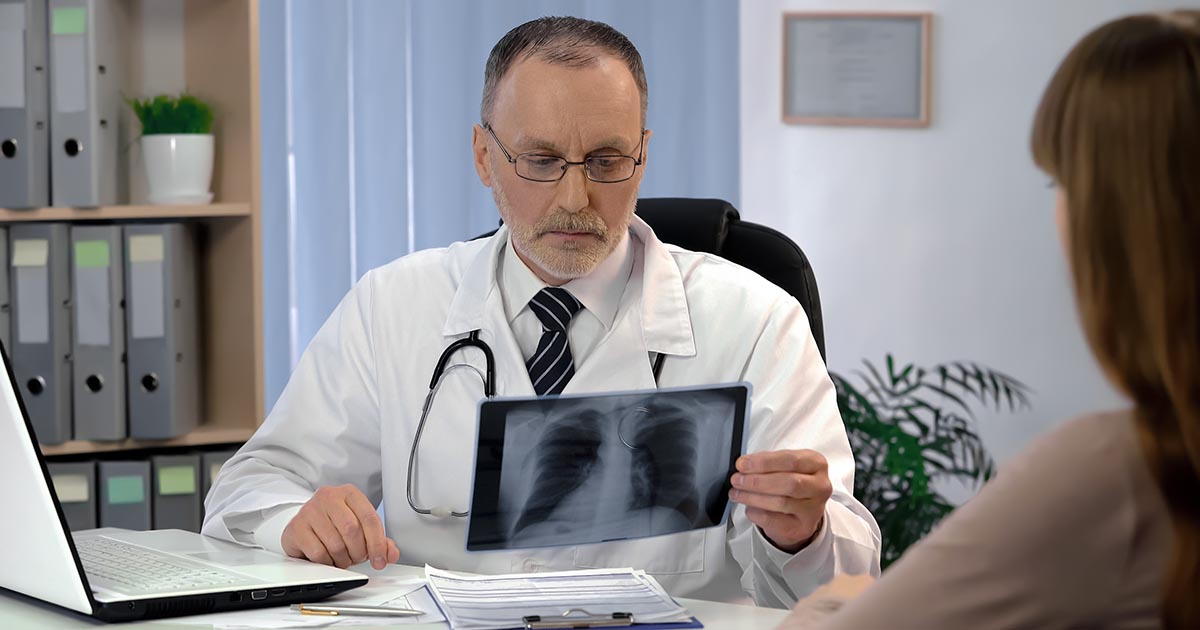Diagnosing & Treating Acute Respiratory Distress Syndrome
Acute respiratory distress syndrome (ARDS) is a serious complication due to widespread inflammation of the lungs. The inflammation process causes fluid to leak into the tiny air sacs (alveoli) where oxygen exchange occurs. The fluid decreases the capacity for oxygen and carbon dioxide exchange across the alveolar capillaries. This leads to low oxygen and high carbon dioxide levels in the blood. As a result, tissues throughout the body are starved of oxygen and carbon dioxide levels build up in the blood. ARDS usually occurs in critically ill patients who are already hospitalized. The most common causes are sepsis (infection in the blood), pneumonia, inhalation of chemical agents or smoke, and burns. It has a thirty-five to fifty percent mortality rate.
Imaging

The diagnosis of acute respiratory distress syndrome requires meeting specific criteria. Experts established these criteria during a 2012 meeting in Berlin, Germany. The Berlin diagnostic criteria included rapid onset of breathing difficulties within seven days of the insult to the lungs, bilateral fluid accumulation in the lungs not explained by heart failure, and a PaO2 to FiO2 ratio below three hundred millimeters of mercury (indicating less oxygen in the blood).
Chest X-rays, CT scans, and ultrasound will be used to confirm bilateral pulmonary edema (fluid accumulation in the lungs). In acute respiratory distress syndrome, this fluid is described as a diffuse infiltrate. Fluid leaks from the capillaries that surround individual alveoli, filling the air sacs with liquid and making gas exchange difficult. Imaging studies will rule out other causes and help to determine the extent of disease.
